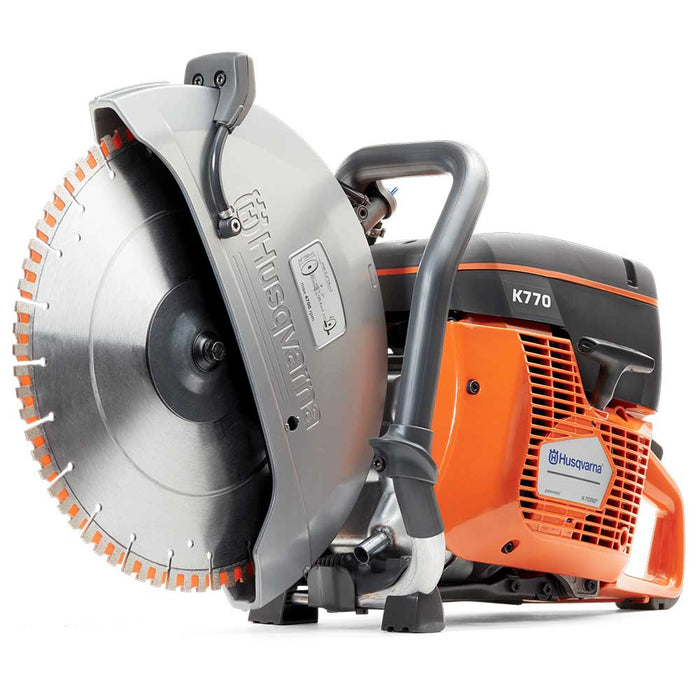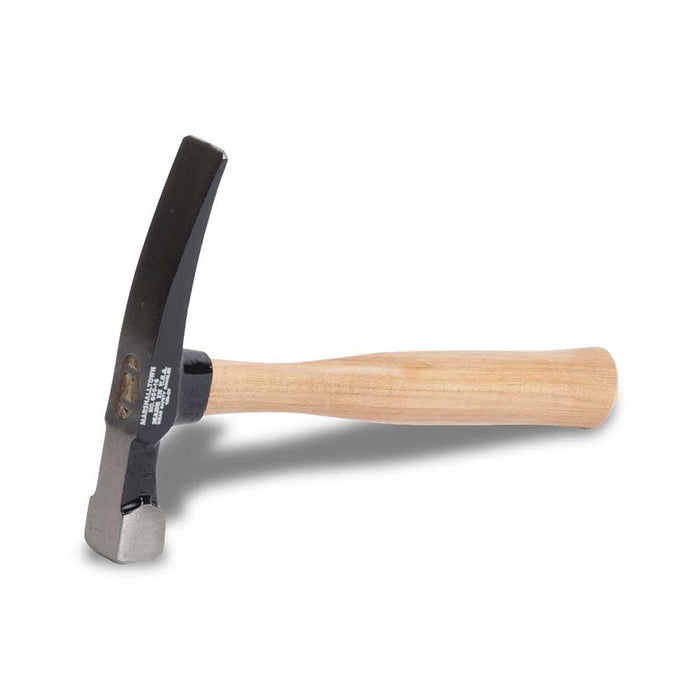
Concrete Cutting: Techniques Every Pro Should Know
Introduction:
In the world of construction, the ability to cut concrete with precision is a skill that separates the professionals from the rest. Whether you're working on a large-scale project or a small renovation, knowing the right concrete cutting techniques is crucial. In this guide, we'll delve into the concrete cutting, exploring various techniques that seasoned contractors use to achieve professional results.
Understanding Concrete Cutting Techniques
Concrete cutting isn't a one-size-fits-all process. Different projects demand different approaches. The technique you choose depends on factors like the project scale, concrete thickness, and the desired finish. From traditional methods like wet cutting to advanced technologies like diamond blade cutting, there's a spectrum of techniques at your disposal.
Main ways for Concrete Cutting
Circular Saw for Concrete Cutting
Opting for a circular saw stands out as a widely embraced method for cutting concrete, valued for its versatility across projects of varying scales. Whether dealing with small concrete blocks, pavers, or more substantial structures like walls, a circular saw proves adaptable. In the context of concrete slabs, the process involves initiating the cut with a circular saw, penetrating the first inch, and concluding the task with the aid of a sledgehammer.
For an optimal concrete cutting experience using a circular saw, employing a diamond blade in conjunction with a wet saw is recommended. Diamond blades bring the requisite robustness to navigate through concrete, and wet saws play a pivotal role in curbing the dispersion of potentially harmful cement dust into the air.
At The Tool Locker, we offer a wide range of options in our power cutters collection and we highly recommend the Husqvarna K770 Gas Power Cutter for high results.
Husqvarna K 770 Gas Power Cutter
Walk-Behind Saw for Concrete Cutting
When dealing with more extensive projects, such as cutting concrete slabs, opting for a walk-behind saw can significantly enhance efficiency. A general guideline is to employ walk-behind saws for tasks necessitating cuts with a depth of seven inches or more.
Walk-behind saws excel in effortlessly producing straight and deep cuts, minimizing the exertion required. Consistently, the recommended approach is to utilize a wet saw in combination with a diamond blade for optimal results. Learn more about the Husqvarna Walk-Behind Concrete Saws for the best results.
Concrete Cutting with a Trencher
Ideal for tackling large-scale industrial projects, trenchers prove highly effective in cutting through expansive sections of concrete pavement. When selecting a trencher, prioritizing a wheel trencher over a chain trencher is advisable. Wheel trenchers exhibit superior capabilities when faced with challenging terrains, such as rocky soil or concrete.
If you don't have a trencher, renting one is a viable option, ensuring you have the right tool for the task without the need for a significant upfront investment.
Angle Grinder
Even if angle grinders are traditionally used for smoothing and polishing metal, they can also cut through masonry materials like concrete.
Using an angle grinder to cut concrete is quite similar to using a circular saw. The main differences are that circular saws tend to cut faster and create straighter lines. Depending on the job to be done, an angle grinder can do the trick.
Like circular saws, it’s best to use angle grinders with a diamond blade and wet grinder. If you don’t have a wet grinder, you should find a conversion kit.
Hammer and Chisel for Concrete Cutting
Breaking down concrete into smaller pieces doesn't always need heavyweight tools. When dealing with diminutive components like a concrete paver, opting for a hammer like Marshalltown Brick Hammers and chisel proves to be a viable and cost-effective solution.
The accessibility of hammers and chisels makes this method budget-friendly and straightforward. However, it's essential to note that this approach may not yield perfectly clean edges.
Marshalltown Brick Hammers
How to Cut Concrete Like a Pro
Executing precise concrete cuts requires a combination of the right tools, techniques, and experience. Before diving into a project, assess the concrete's thickness, and choose the appropriate cutting method. Ensure your tools are in top condition, and always prioritize safety.
Safety Measures during Concrete Cutting
When engaged in concrete cutting activities, it's important to prioritize safety due to the potential hazards associated with the dust generated during the process. This dust contains harmful silica particles, and prolonged exposure can lead to severe health issues such as lung cancer. Therefore, adhering to stringent safety precautions is non-negotiable. This includes:
- Respirator Usage: Employing a respirator is a fundamental safety measure. It acts as a protective barrier against inhaling silica dust, safeguarding the respiratory system.
- Hearing Protection: Given the noise generated by concrete cutting equipment, wearing hearing protection is essential to prevent damage to the ears and maintain auditory health.
- Glove Utilization: Wearing gloves is a simple yet effective safety practice. It shields hands from potential injuries and minimizes direct contact with concrete and abrasive materials.
- GFI Outlet Application: To mitigate electrical hazards, using a Ground Fault Circuit Interrupter (GFI) outlet is imperative. It swiftly cuts off power in case of a ground fault, reducing the risk of electric shock.
- Wet Saw or Site Wetting: Introducing water into the cutting process through a wet saw or by wetting the site is a proactive measure. It suppresses dust and keeps it from becoming airborne, mitigating the risk of inhalation.
Work environments where employees are exposed to silica dust must strictly adhere to all safety guidelines established by the Occupational Safety and Health Administration (OSHA). This includes the mandatory use of respirators with the appropriate Assigned Protection Factor (APF) to ensure comprehensive protection against airborne hazards.
How to Cut Concrete Without Risk of Breaking
To avoid the risk of concrete breakage, employ the step-cutting technique. Move the saw deliberately, and refrain from making abrupt turns or altering directions without pausing and repositioning the saw.
Step cutting involves executing a series of shallow cuts in the same location to achieve progressively deeper incisions. Begin with a cautious and shallow cut, moving the saw to your desired cutting point. Halt the saw, reposition it at the starting point, and traverse the cut again, this time with a slightly deeper incision. Repeat this process until you attain the desired depth.
Whether your project demands the rental of a trencher or a straightforward application of a chisel and hammer, concrete cutting doesn't have to be a challenging task. However, always ensure proper disposal of any excess concrete generated during your project.
Where to Find Top-notch Power Cutters
For contractors seeking reliable power cutters designed for various concrete cutting techniques, The Tool Locker has you covered. Explore our collection of high-quality tools, including power cutters equipped with the latest technology to meet the demands of your construction projects. With our user-friendly online platform, buying tools online has never been easier. Trust The Tool Locker for all your concrete cutting needs.







Leave a comment